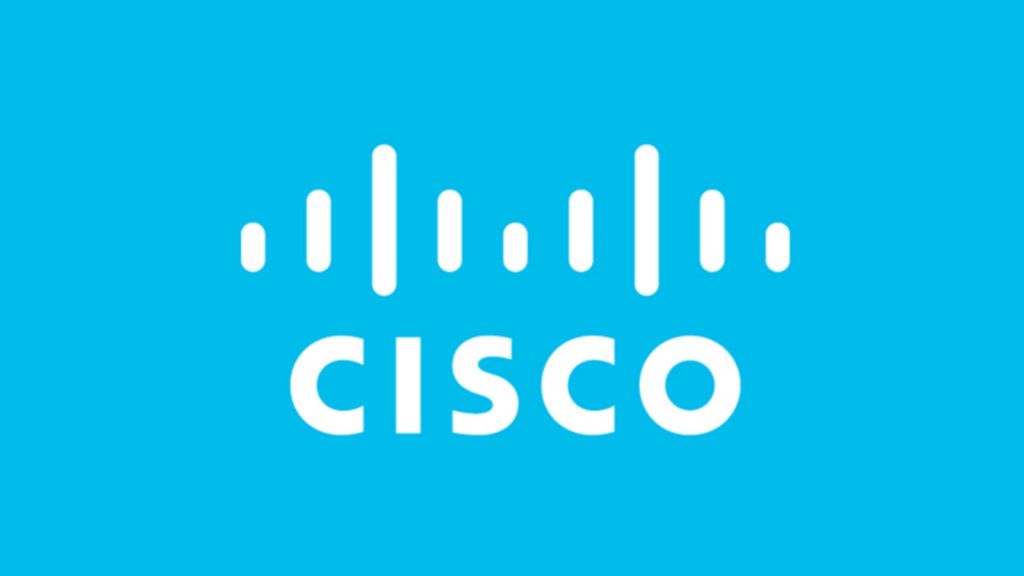Cisco unveiled a number of AI-powered innovations to kick off its attendance at the RSA Conference this week.
It debuted an open-source reasoning model under its newly formed Foundation AI group.
It is also leveraging agentic AI to enhance its cybersecurity threat detection.
At the beginning of the year, Cisco unpacked six key trends that would shape the technology sector in 2025, with agentic AI being highlighted as one of the most significant. As it turns out, the prediction was spot on, as we have seen tech companies of all shapes and sizes invest to bring their own agentic AI solutions to bear.
The same goes for Cisco, which this week while attending the RSA Conference 2025 (RSAC), announced a number of innovations powered by AI and designed with security top of mind.
To that end, the networking specialists made three noteworthy announcements when it comes to making security-focused solutions available to customers and industry peers.
The first is an open-source reasoning model, which debuted under the recently formed Foundation AI division of the company. As Cisco describes it, the new division is concerned with, “accelerating the development of tof cutting-edge technology aimed at addressing the fundamental security issues of the AI era”.
As for the reasoning model, it is built specifically for security applications, and the Foundation AI team will debut novel benchmarks for evaluating its performance on real-world security use cases soon, along with making additional tools and building blocks available to security teams within organisations.
Cisco says it hopes the “models and tools will encourage collaboration among first-class security experts and machine learning engineers, delivering essential infrastructure cybersecurity teams can immediately leverage”.
As for the other solutions, the Cisco XDR is leaning on agentic AI when it comes to handling the sheer volume of threats that businesses must contend with. Here it plans to use agentic AI to correlate telemetry across the network, endpoint, cloud, email, and more, to safeguard what matters most to organisations.
Some of these capabilities are made possible thanks to the company’s work with Splunk Security, which it acquired in March last year. These include Instant Attack Verification, which integrates data from the Splunk platform, networks, threat intelligence, and other sources to automatically create and execute tailored investigation plans powered by agentic AI.
Added to this is a new Automated Forensics capability for deeper visibility into endpoint activity, as well as a new Attack Storyboard to clearly visualise complex attacks for security teams.
Along with collaborating more with Splunk, Cisco is also enhancing its Industrial Threat Defense solution thanks to integration within its Cyber Vision platform. These include Cisco Vulnerability Management, Splunk Asset, and Risk Intelligence to help prioritise operational technology (OT) security.
At the time of writing, it remains to be seen when these offerings will be made to South African customers, but we have seen in recent months, a concerted effort to ensure the local region is on par with its global counterparts.
“The cybersecurity landscape has never been more dynamic and complex, with adversaries constantly emboldened and enabled by AI to drive new attacks and exploits,” noted Jeetu Patel, EVP and chief product officer at Cisco.
“To fight back, understaffed security operations and IT leaders need AI power of their own. The combination of our new AI agents for XDR and Splunk Enterprise Security advancements, with the full breadth of Cisco Security Cloud, will help level the playing field and deliver AI innovation that makes all businesses more secure,” he emphasised.

